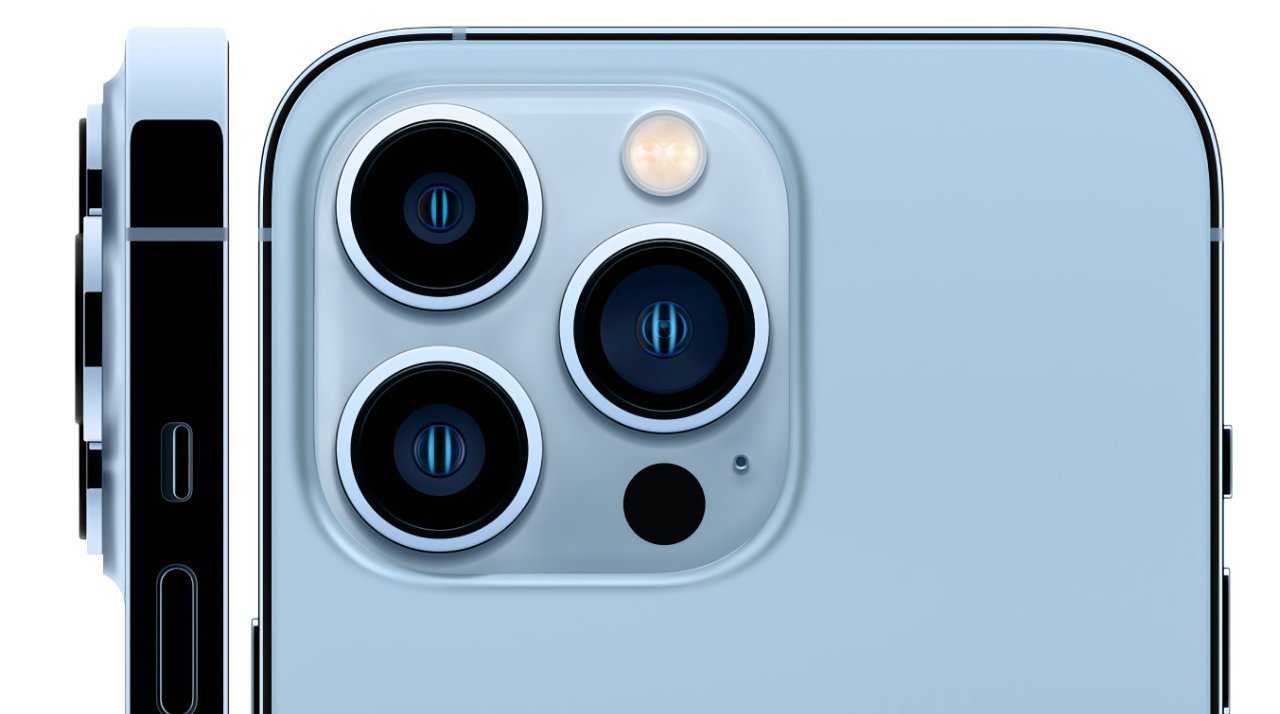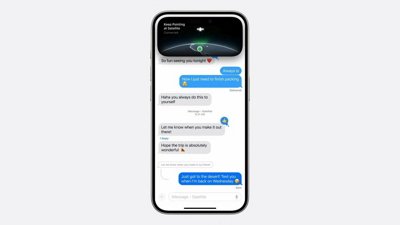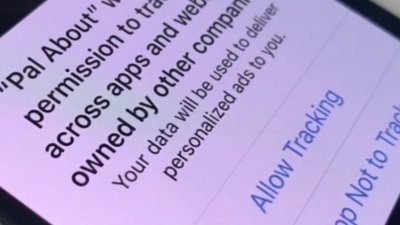Apple's iPhone shipment growth could slow in 2022 and 2023 despite the introduction of new features, representing a "critical concern" for the company, analyst Ming-Chi Kuo says.
In a note to investors seen by AppleInsider, Kuo forecasts that iPhone shipments increased 5% year-over-year in 2020 and will increase 16% year-over-year in 2021. He attributes the growth to 5G replacement demand and the fall of Huawei in China and other markets because of U.S. trade sanctions.
Apple's growth in 2020 and 2021 significantly eclipsed the broader smartphone market. Apple's growth in 2020 and 2021 significantly eclipsed the broader smartphone market, which declined 8% in 2020 before recovering to 5% growth in 2021, Kuo says.
However, Kuo believes that year-over-year iPhone growth will slow to between 5% and 7% in 2022, down significantly from 16% growth in 2021.
Kuo expects Apple to debut a new iPhone with under-display fingerprint technology in 2022 and a folding device in 2023. However, those two models won't offset the major contributions of 5G demand and Huawei's decline.
Additionally, despite the fact that iPhone 13 pre-orders are clocking in higher than the iPhone 12 lineup, Kuo doesn't believe the demand is unexpected. In fact, the analyst says the higher demand is still in-line with market consensus.
The iPhone 13 and iPhone 13 Pro Max represent 45% to 50% of shipments and have lead times of three to five weeks, respectively. That's higher than the 35% to 40% mix and lead times of three to four weeks seen after the iPhone 12 Pro and iPhone 12 Pro Max launch.
Because of that, unless iPhone 13 pre-order demand increases, Kuo says the new 2021 iPhone lineup won't benefit recent stock prices.
It's already the market consensus that iPhone 13 shipments in 4Q21 are higher than iPhone 12 in 4Q20, and iPhone 13 Pro Max & Pro delivery time does not exceed 5-6 weeks. Therefore, the iPhone 13 pre-order result is in line with market expectations," Kuo writes.
Additionally, Kuo does note that the iPhone 13 and iPhone 13 mini pre-order demand has seemingly declined from the iPhone 12 and iPhone 12 mini.
Kuo also says that the duration of iPhone 13 Pro and iPhone 13 Pro Max supply shortages will likely end up being shorter than their predecessors.
Demand for high-end iPhone models is typically better than low-end devices after launch. Supply and demand typically balances out six to eight weeks after a handset's launch, Kuo notes. However, he says the iPhone 12 Pro and iPhone 12 Pro Max were an exception, with delivery times extended to two to four weeks for more than three months after their debut. He attributes that to telephoto camera shortages.
In an effort to combat that, Kuo says Apple increased the supply share of iPhone 13 Pro and iPhone 13 Pro Max models to 45% to 50% of the build numbers. Because of that, he expects iPhone 13 Pro supply to significantly improve by mid-November.
"We believe that if iPhone 13 Pro Max & Pro supply improves significantly in mid-November, iPhone shipments in 1Q22 will be YoY flat or decline," Kuo wrote.
Update: Since publication, Kuo has issued a correction for his growth estimates in 2021 and 2022. The article has been updated accordingly.
 Mike Peterson
Mike Peterson







-m.jpg)






 Malcolm Owen
Malcolm Owen
 William Gallagher
William Gallagher
 Brian Patterson
Brian Patterson
 Charles Martin
Charles Martin













5 Comments
The only place I read “critical concern” is in the title and subtitle… click & bait?
I fail to grasp how a one digit decline is “critical” after a two digit growth in the year right before which “eclipsed the market”. The decline accounted for in 2022, Apple will still grow as much as the rest of the market has in 2021…
"iPhone growth slowdown through 2023 a 'critical concern' for Apple, Ming-Chi Kuo says."
"In a note to investors seen by AppleInsider, Kuo forecasts that iPhone shipments increased 5% year-over-year in 2020 and will increase 16% year-over-year in 2021."
"However, Kuo believes that year-over-year iPhone growth will slow to between 5% and 7% in 2022, down significantly from 16% growth in 2021."
This is precisely what's wrong with the financial sector as well as the reporting on it. What those numbers really describe is a steady rate of growth, with one year outperforming expectations. All of that should be seen as good, and the one year as unexpectedly great. Instead, while the anomaly is seen as good, "Kuo doesn't believe the demand is unexpected. In fact, the analyst says the higher demand is still in-line with market consensus." Then, for what is predicted here -statistically just a return to mean- it's instead looked at like it's a loss and described as a "critical concern."
It's bad enough to look at only two data points and derive a trend from it. That happens all the time with year-over-year and quarter-to-quarter reporting, and it's dumb. But to look right at four data points that show one thing and instead pull two points from that and derive a trend that's clearly not accurate and call it "critical concern," that's just profoundly stupid, misleading, or both.
I agree with the first 2 posts above. This is nothing more than alarmist, fear-peddling. It reads almost like a Forbes article.
I’m starting to take everything this guy says with a grain of salt as he seems mostly concerned with desperately keeping his name in the news cycle.